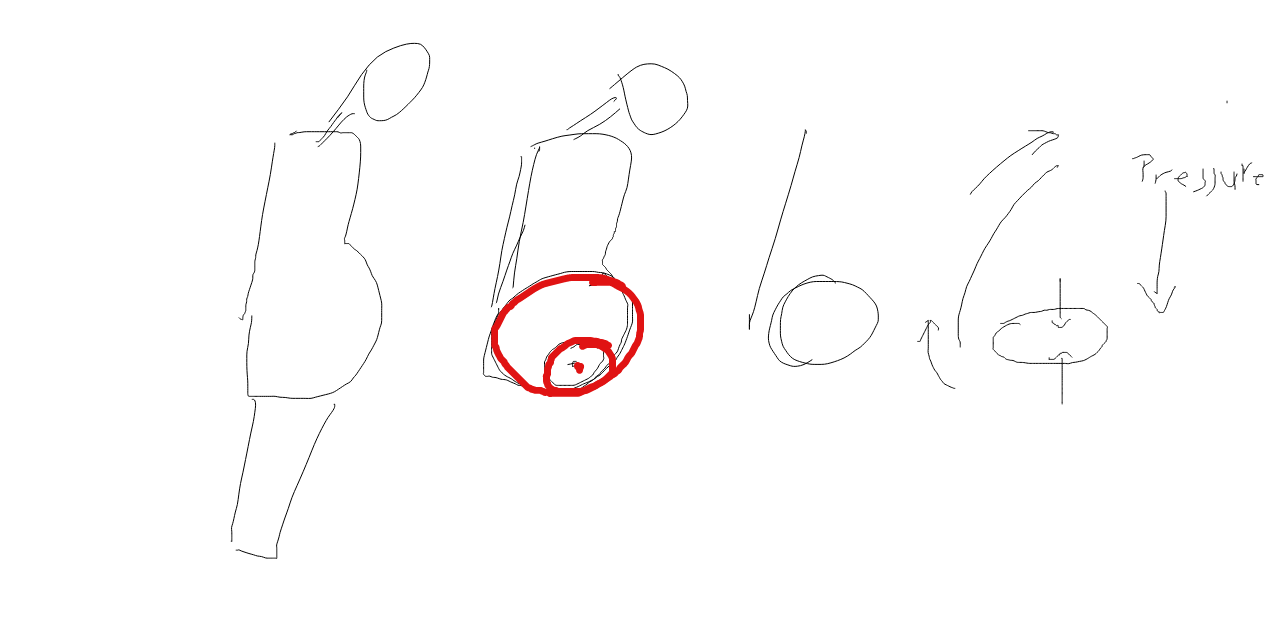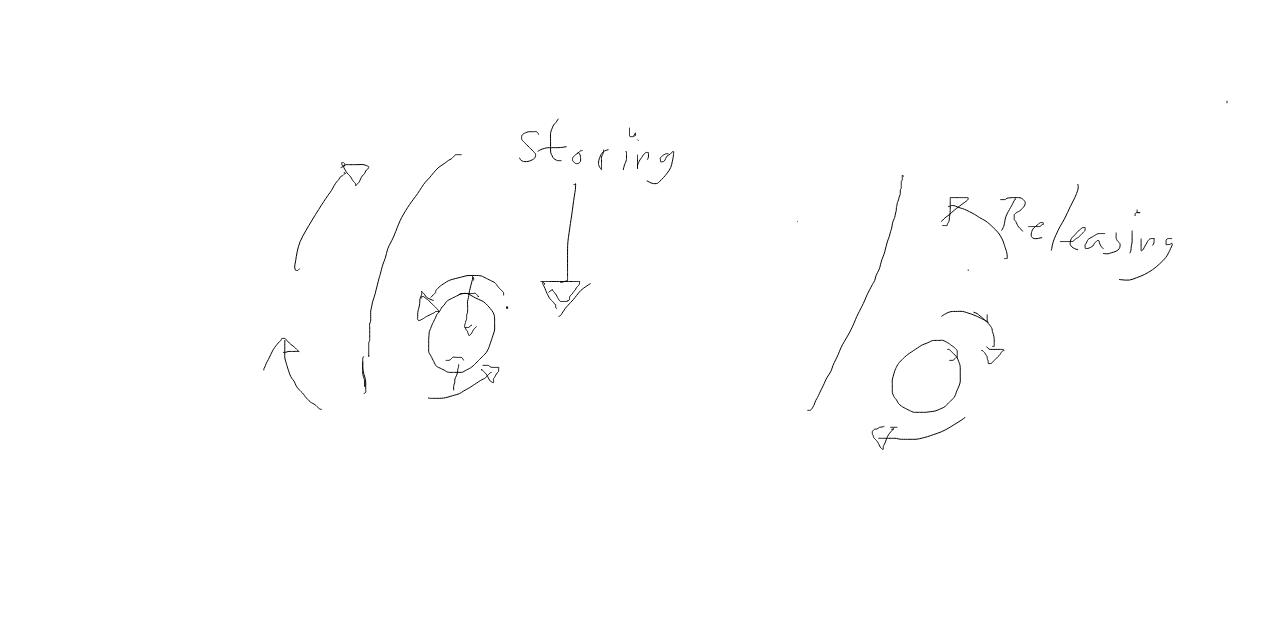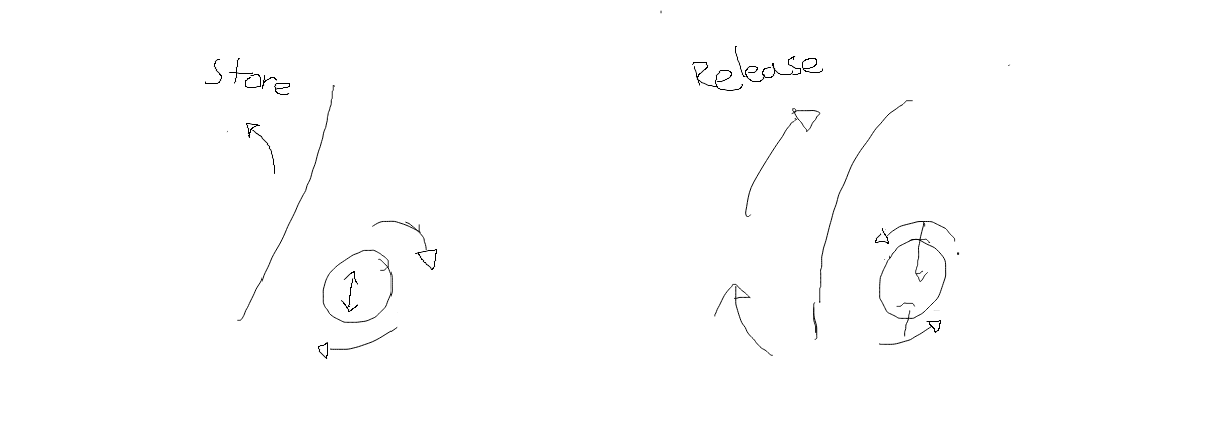Yeah many systems dont pay much attention to dantian at all. I saw some teachers never mention it, which is a problem IMO. Breathing isn't just breathing, however, to many other systems.
My point, though I didn’t express myself very well, is that hardening the abdomen is not the same as learning to move from the center. I know about different iron body/golden bell cover methods etc, but I find this practice useless when it comes to power generation. Hard breathing exercises is yet something else but it doesn’t necessarily harden the abdominal area. And breathing with tension does not necessarily mean the same as hardening this area.
Training it leads to solid results since without breath, there is no movement and no power. The danitan is the literal center of the body so training it is the main emphasis of the body method. Without training, it won't be there any more naturally than what an un-trained person has.
To generate whole body power you need to learn to move the whole from the center, this is not done by practicing the dantian. But if you want to generate a lot of power, you also need to learn to stabilize the body. This can be taught be several different methods, barehanded single exercises or with tools as pole shaking. For strong power generation strong control over the abdominal area is very important, but important is also the lower back and kua. Power breathing can help you with building this control, hardening the abdominal area only won’t.
BTW, the bagua teachers above that i talked to want a soft dantian because they are emphasizing their version of large dantian rotations which in their opinion requires a super soft abdomen. The hard dantian rotations I was shown are shorter, sharper and can be trained to work with rapid punches. This avoids the windup seen in many versions of large-frame Chen style, for example.
I am not sure that dantian rotation is a good term to bring up when Bagua or southern styles, or any other style than Chen Taijiquan. Other styles have their own philosophy of similar practice, but dantian rotation is a very much Chen terminology which means a style specific practice. IMHO.











